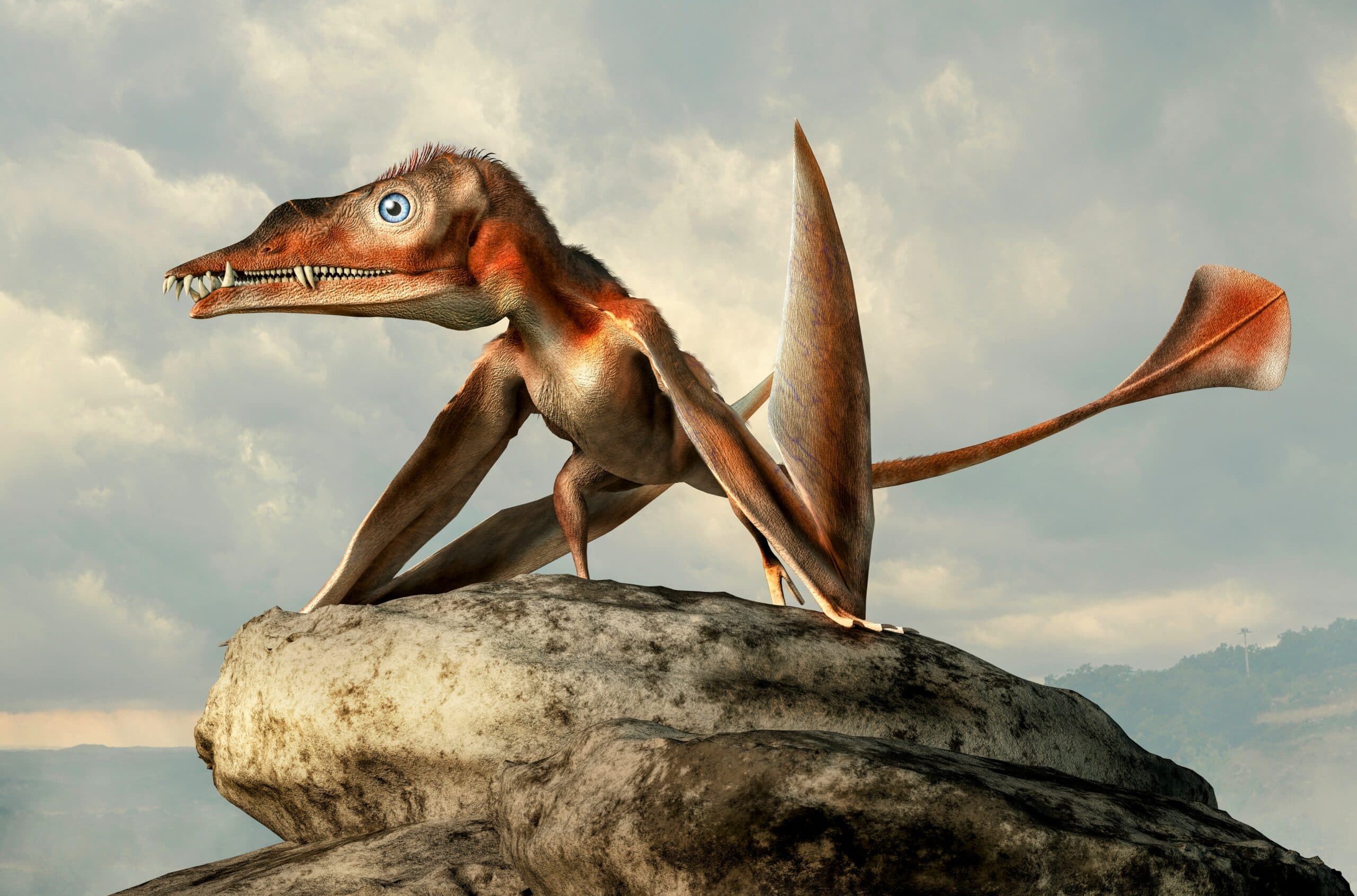
Fascinating pterosaur had hundreds of tiny hooked teeth
An unusual new species of pterosaur with over 400 teeth has been identified by a fossil found in Germany. Professor David Martill from the University of Portsmouth’s School of the Environment, Geography and Geosciences is the lead author of the research.
Professor Matill worked with an international team of paleontologists who accidentally made the discovery while excavating a large block of limestone containing crocodile bones.
“The nearly complete skeleton was found in a very finely layered limestone that preserves fossils beautifully,” explained Professor Martill. “This was a rather serendipitous find of a well-preserved skeleton with near perfect articulation” suggesting that the carcass was buried in sediment almost as soon as it had died.”
Since the first pterosaur was described in the 18th century, hundreds more have been discovered, making the quarries in Bavaria one of the richest pterosaur localities in the world.
The new species has unique teeth which suggest an extraordinary feeding mechanism similar to that of ducks and flamingos. While wading through water, it would use its spoon-shaped beak to funnel the water and then its teeth to squeeze out excess liquid, leaving prey like tiny shrimps, trapped in its mouth. The pterosaur had a long, upward curved jaw with teeth right to the back of its smile.
“And what’s even more remarkable is some of the teeth have a hook on the end, which we’ve never seen before in a pterosaur ever. These small hooks would have been used to catch the tiny shrimp the pterosaur likely fed on – making sure they went down its throat and weren’t squeezed between the teeth,” explained Professor Martill.
The specimen has been named Balaenognathus maeuseri, which roughly translates to “whale mouth” because of its filter-feeding style. The name also honors co-author Matthias Mäuser, who sadly passed away during the writing of the paper.
“Matthias was a friendly and warm-hearted colleague of a kind that can be scarcely found. In order to preserve his memory, we named the pterosaur in his honor,” said Professor Martill.
The paper is published in Paläontologische Zeitschrift (PalZ). The specimen is currently on display in the Bamberg Natural History Museum.
—
By Katherine Bucko, Earth.com Staff Writer
Check us out on EarthSnap, a free app brought to you by Eric Ralls and Earth.com.












